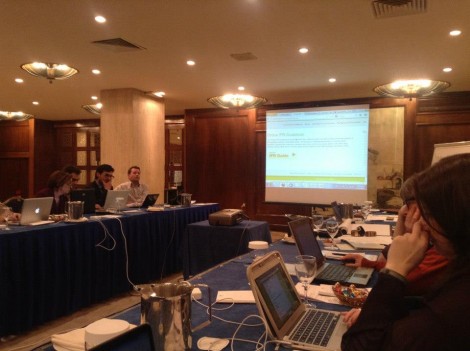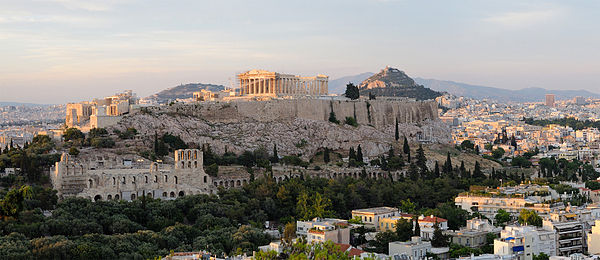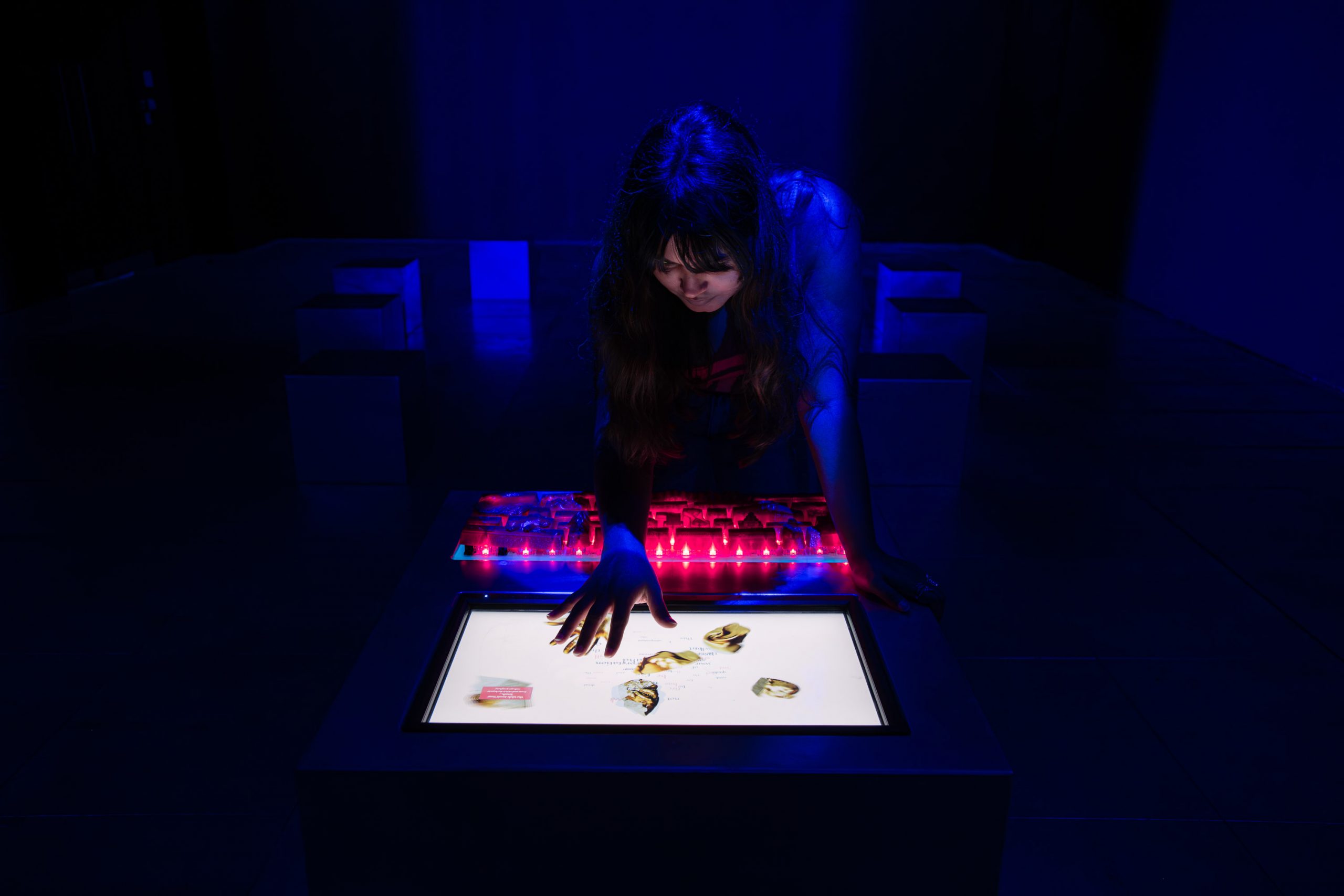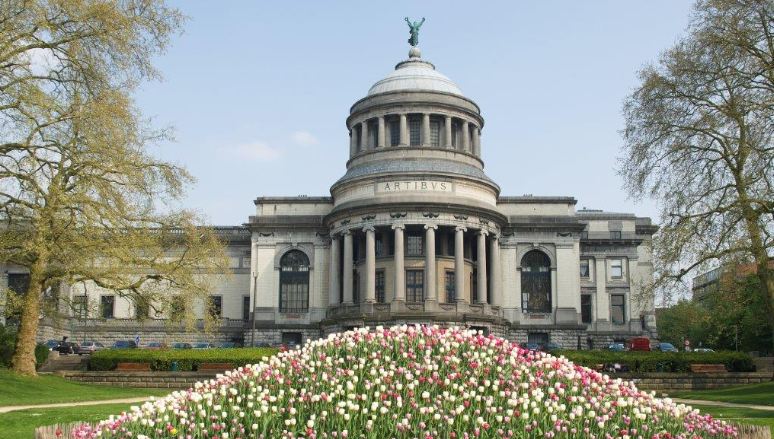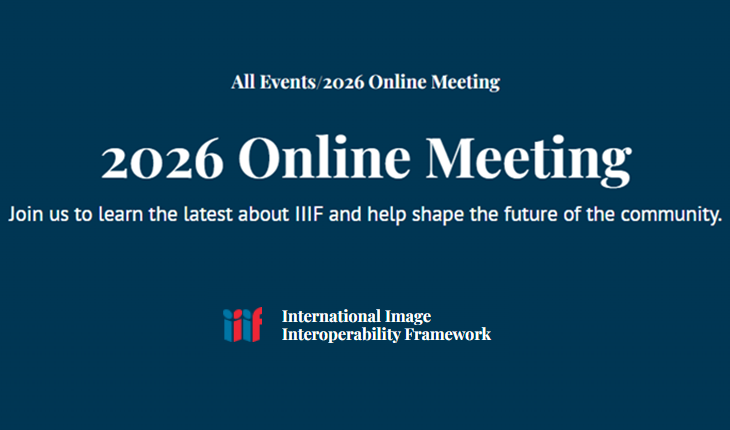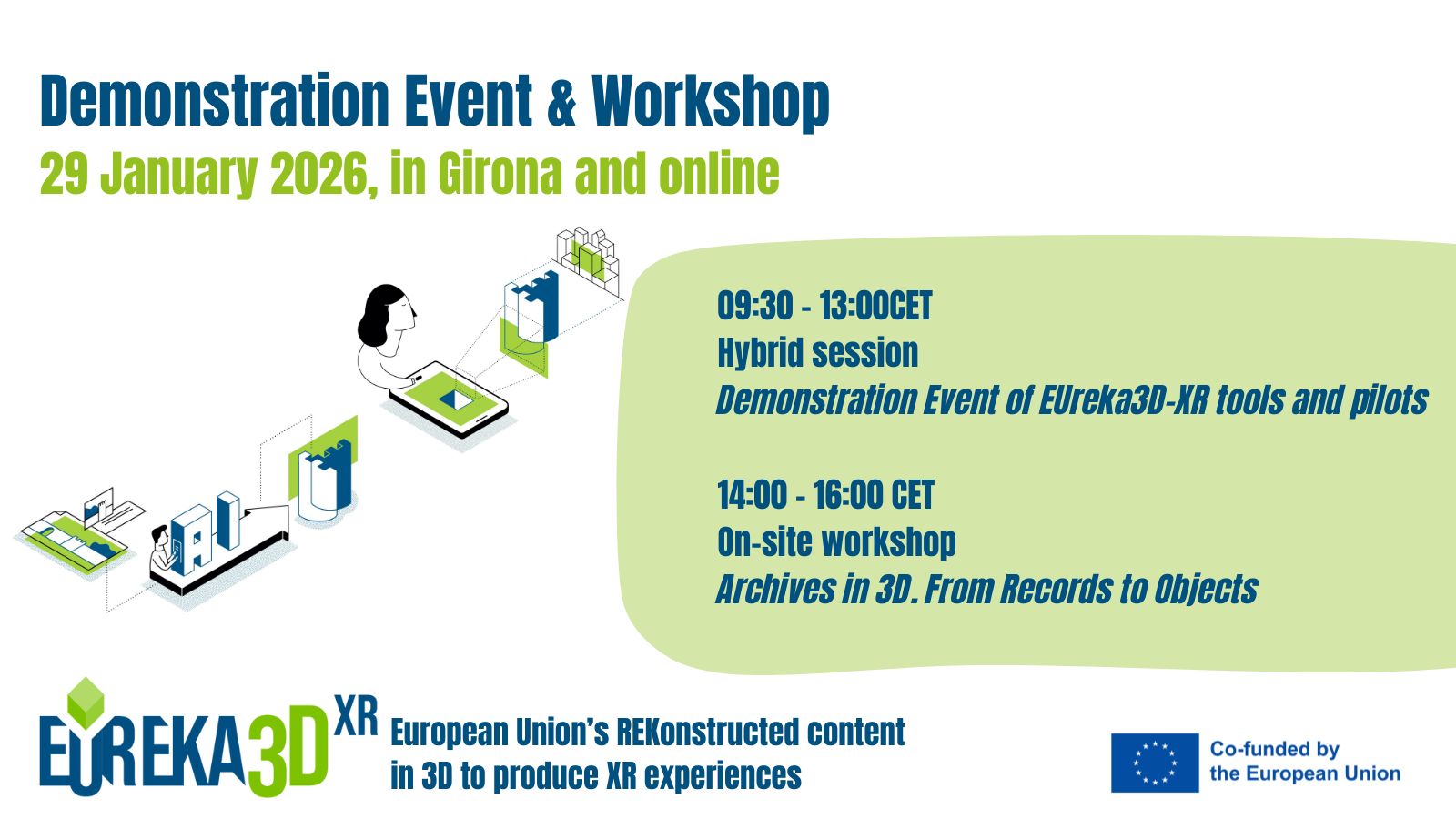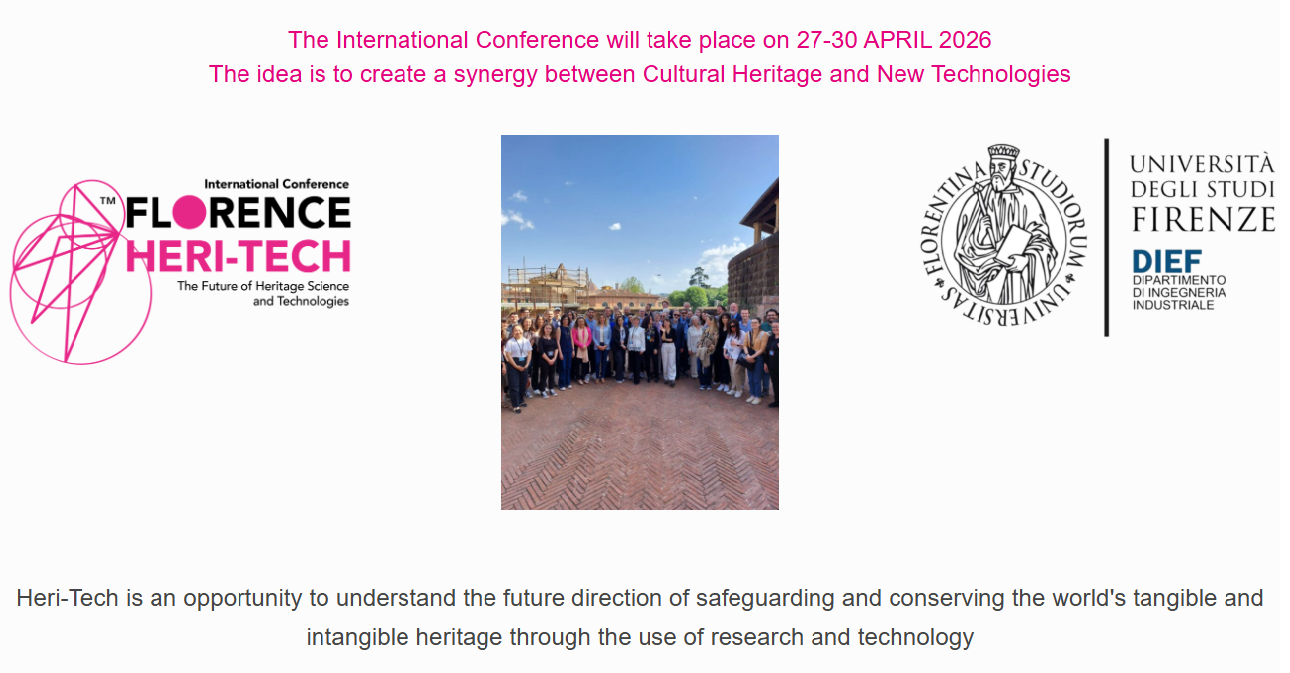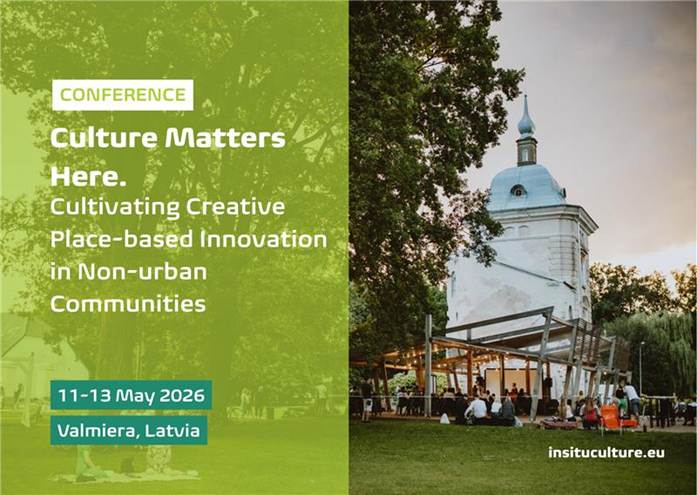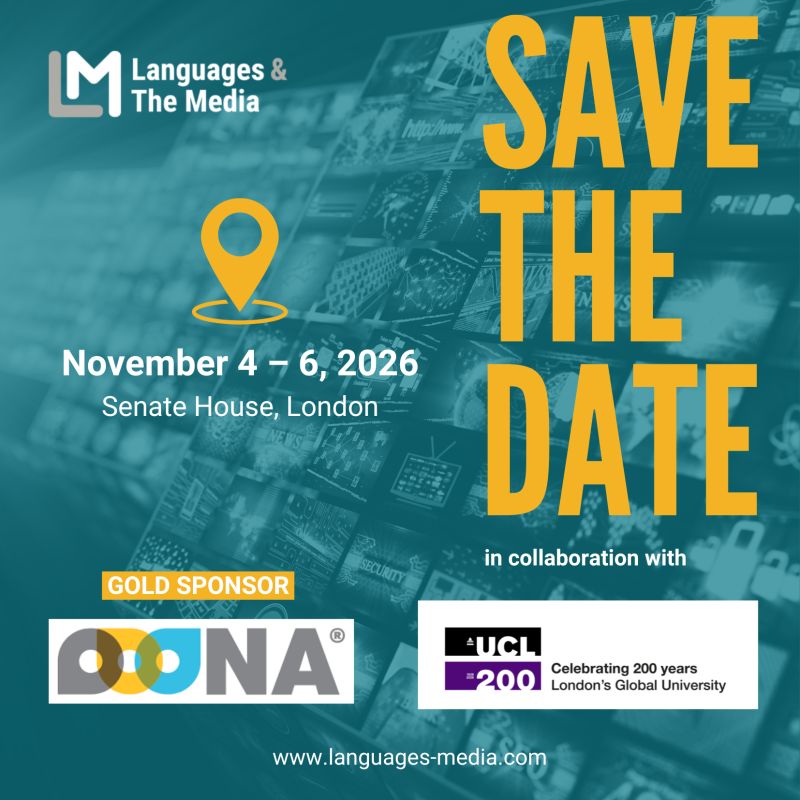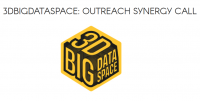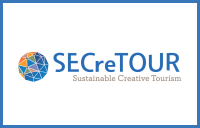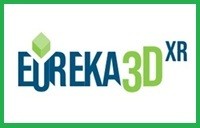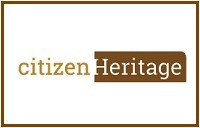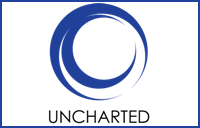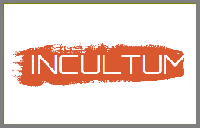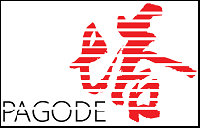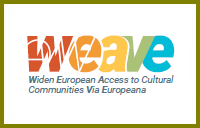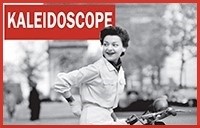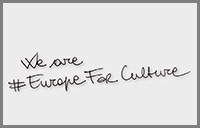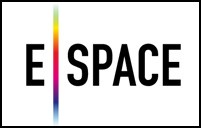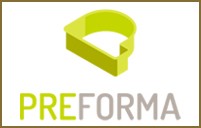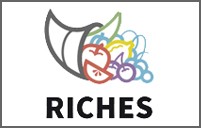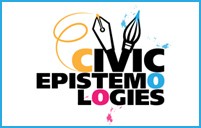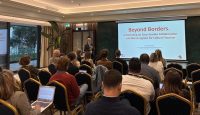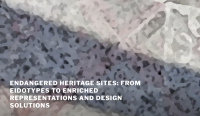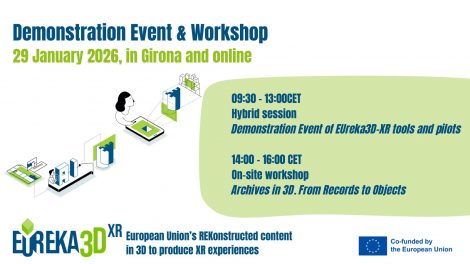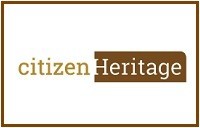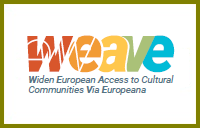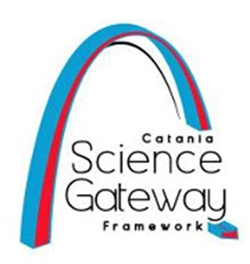 The general architecture of the Catania Science Gateway Framework and some of its implementations are the subjects of this webinar which is jointly organised and supported by CHAIN-REDS, eI4Africa and EGI-InSpire projects.
The general architecture of the Catania Science Gateway Framework and some of its implementations are the subjects of this webinar which is jointly organised and supported by CHAIN-REDS, eI4Africa and EGI-InSpire projects.
At the webinar attended more than 30 international experts worldwide.
The recording of the webinar on the Catania Science Gateway Framework is available at http://connect.ct.infn.it/p6b7rdr32sg/
Wanna get more web-based training on the development of Catania Science Gateways ? Fill the doodle at http://doodle.com/2khyhb383i65bru
Executive Summary:
One of the main obstacles for non-IT-expert users to exploit e-Infrastructures, such as Grids, is the fact that they are based on complex security mechanisms such as Public Key Infrastructures (PKI) and accessed through low level (command-line based, i.e. non-graphical) user interfaces.
The approach described in this webinar to tackle both this problem and make e-Infrastructured easlily and ubiquitously accessible to the largest possible number of users (including the “citizen scientist”), was to deploy them into a “Science Gateway” whose access is regulated by “Identity Federations”.
In the recent past, interesting developments have actually been independently carried out by the Grid community with the Science Gateways and by the National Research and Education Networks with the Identity Federations to ease, from one side, the access and use of Grid infrastructures and, from the other side, to increase the number of users authorised to access network-based services.
A Science Gateway is a “community-developed set of tools, applications, and data that is integrated via a portal or a suite of applications, usually in a graphical user interface, that is further customized to meet the needs of a specific community (US Teragrid/XSEDE project).”
An Identity Federation is made of “[…] the agreements, standards, and technologies that make identity and entitlements portable across autonomous domains (Burton Group)”. Identity Federations have the aim of setting up and supporting a common framework for different organisations to manage accesses to on-line resources. They are already established in many countries and currently gather a number of people which is in the order of O(107).
To make e-Infrastructures easy to use and more accessible, the Italian National Institute of Nuclear Physics and the Consorzio COMETA are developing since more than two years the Catania Science Gateway Framewok to create a new type of Science Gateways that implement an authentication schema based on Identity Federations.
The general architecture of the Catania Science Gateway Framework and some of its implementations are the subjects ot this webinar which is jointly organised and supported by CHAIN-REDS, eI4Africa andEGI-InSpire projects.
Interested people are invited to register following the link which appears on the event home page:
http://agenda.ct.infn.it/event/catania-sg-webinar
Where the timetable is also already available.


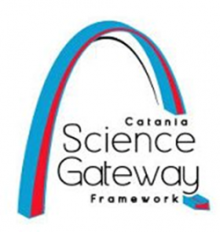
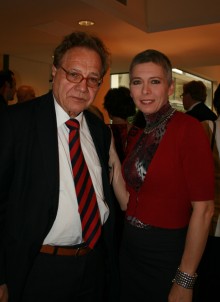
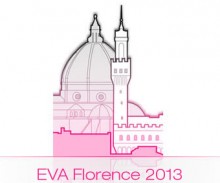 Electronic Imaging & the Visual Arts
Electronic Imaging & the Visual Arts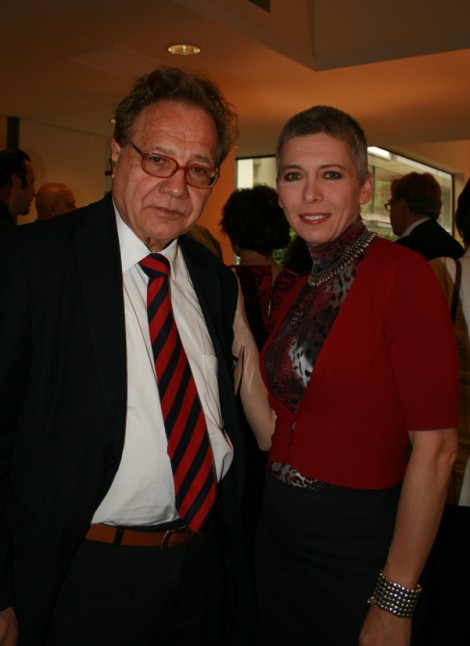
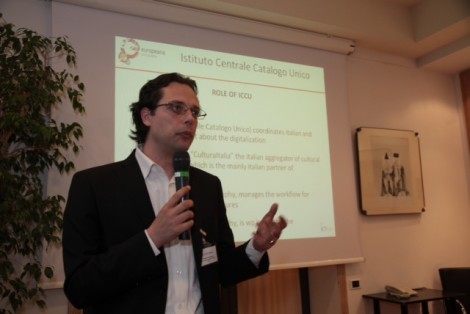














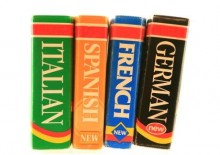
 According to the plans of the project, the
According to the plans of the project, the 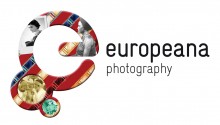 The vocabulary has been completed in no less than 12 languages – English (as the pivotal language), French, Dutch, German, Italian, Polish, Danish, Bulgarian, Slovak, Lithuanian, Catalan and Spanish – and consists of over 500 concepts in three facets –photographic technique, photographic practice and keywords – that are structured in a multifaceted, hierarchical way.
The vocabulary has been completed in no less than 12 languages – English (as the pivotal language), French, Dutch, German, Italian, Polish, Danish, Bulgarian, Slovak, Lithuanian, Catalan and Spanish – and consists of over 500 concepts in three facets –photographic technique, photographic practice and keywords – that are structured in a multifaceted, hierarchical way.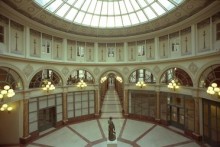

 The purpose of this seminar was to present national and European projects where the question of terminology and multilingualism is dealt with. Some projects create multilingual terminologies on very specific subjects, some others focus on the implementation of tools to create, manage and reuse these terminologies.
The purpose of this seminar was to present national and European projects where the question of terminology and multilingualism is dealt with. Some projects create multilingual terminologies on very specific subjects, some others focus on the implementation of tools to create, manage and reuse these terminologies.


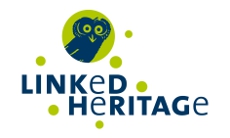 The
The 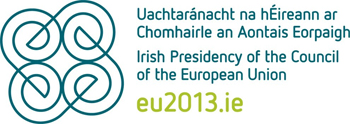 On the June
On the June 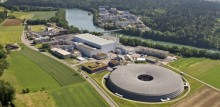
 Federated identity management (FIM) in general and federated identity management for research communities (FIM4R) is an arrangement that can be made among multiple organisations that lets subscribers use the same identification data to obtain access to the secured resources of all organisations in the group. Specifically in the various research communities there is an increased interest in a common approach to FIM as there is obviously a large potential for synergies.
Federated identity management (FIM) in general and federated identity management for research communities (FIM4R) is an arrangement that can be made among multiple organisations that lets subscribers use the same identification data to obtain access to the secured resources of all organisations in the group. Specifically in the various research communities there is an increased interest in a common approach to FIM as there is obviously a large potential for synergies.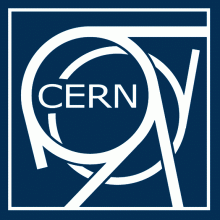 One objective of this workshop was finalizing the work on a common FIM4R paper and to discuss related papers. Another major topic was to go from theory to practice and to present and discuss several FIM prototypes currently in development. Third, as the term ‘federated’ already indicates, it will not be possible to find a ‘one size fits all’-solution to all requirements. In addition, there are, especially in the commercial sector, already various existing identity management tools, which would be interesting to connect. Therefore, solutions are thought of, which provide links between different systems. These developments are just in the beginning.
One objective of this workshop was finalizing the work on a common FIM4R paper and to discuss related papers. Another major topic was to go from theory to practice and to present and discuss several FIM prototypes currently in development. Third, as the term ‘federated’ already indicates, it will not be possible to find a ‘one size fits all’-solution to all requirements. In addition, there are, especially in the commercial sector, already various existing identity management tools, which would be interesting to connect. Therefore, solutions are thought of, which provide links between different systems. These developments are just in the beginning.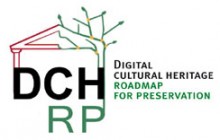 DCH-RP project was invited to attend the event in representance of the humanistic domains and to support and promote of Identity Federations.
DCH-RP project was invited to attend the event in representance of the humanistic domains and to support and promote of Identity Federations.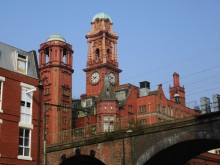
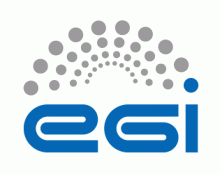
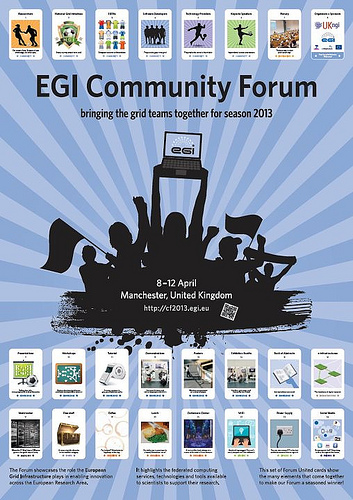

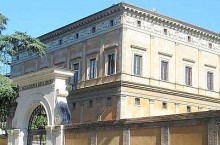
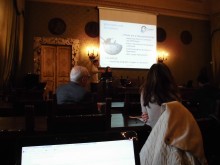

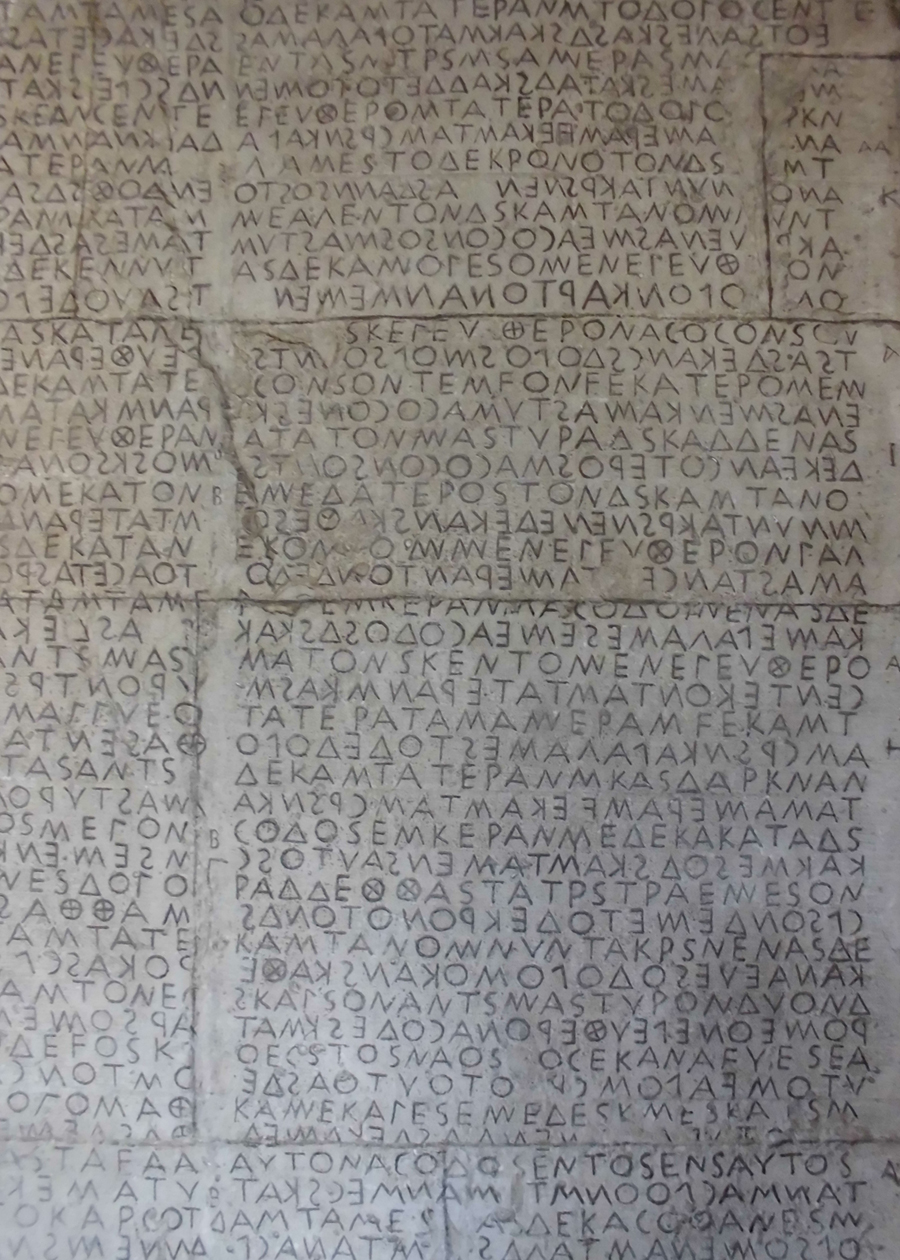
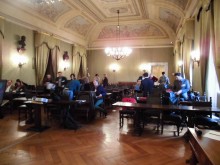
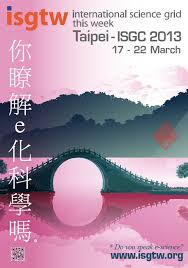

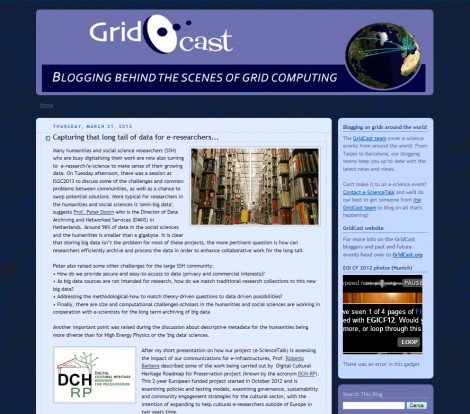
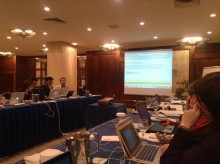
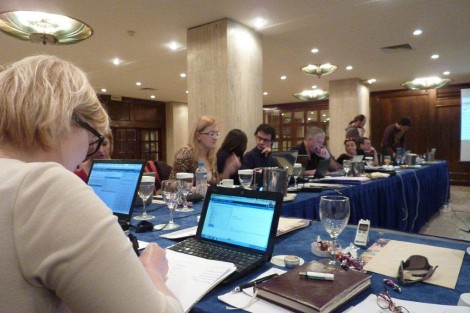 The third plenary meeting of
The third plenary meeting of 